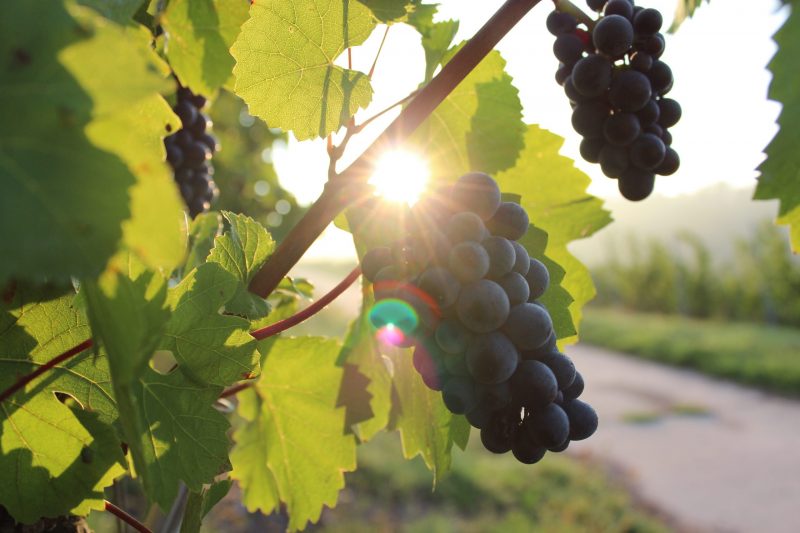With many growers worldwide experiencing shifting weather patterns, earlier and shorter vintages and warmer and drier conditions, is there a way for growers to strategically prepare for the financial consequences?
Journalist Samuel Squire spoke to the South Australian Wine Industry Association to learn more.
Critical and meticulous risk assessment when it comes to vineyard schedules and production may be the best way for producers to approach any potentially negative effects resulting from the changing climate.
According to environmental and technical officer Mark Gishen, from the South Australian Wine Industry Association (SAWIA), some ‘intelligent’ responses are needed to plan for the financial impacts that altered weather patterns may bring to vineyards.
Gishen said operators should assess what the likely potential risks are to their business and look into what practical measures can be undertaken to reduce those risks.
“Risk assessment is the right way to start when it comes to mitigating the financial burdens caused by the often unpredictable weather conditions due to climate change,” he said.
“Growers and winemakers alike could start by looking at climate projections for their region, and then look at the suitability of what varieties they have growing, what impact those projections have on water and the potential costs relating to those.
“Whether it involves growing newer varieties or reassessing water usage is down to what the business determines as immediately critical and what fits in with their short and long term plans.”
Diversifying varieties
He said considering diversifying the varietals grown could be one specific way for producers to alleviate the potentially higher production costs involved with existing or traditional varieties.
“One thing growers should be starting to consider, if there’s not the water supply to keep up with their current varietals’ needs, is to switch to styles that are more resistant to the often dramatic changes in temperature we are starting to see,” Gishen said.
However, he said there could be a downside to changing varieties that growers need to consider.
“With that strategy does come some concern from growers as newer varieties are sometimes unknown and unrecognisable to consumers, making them difficult to sell.
“Some growers might be reluctant to change varietal if they believe they can’t sell it, and that comes back to marketing the wine effectively.
“One way to get around that problem, could be to market bottles of wine by its brand or appellation. Take Penfolds Grange, for example. No one thinks of it as Cabernet Sauvignon, they think of it as Grange.
“Wine producing nations like Spain and Portugal tend to overlay wines with their brands over the variety inside the bottle as the brand is more important than the varietal itself. Those wines are also driven by flavour more than just the varietal style.”
Thinking about the risks
To prepare for the broader uncertainties surrounding climate change, Gishen again reiterated that assessing the immediate and longer-term risks could be the best way forward.
“Financially mitigating the effects of climate change on a wine business comes down to risk assessment and business planning. Operators need to think carefully about long-term risks and what they’re prepared to deal with,” he said.
“Another thing, that I think a lot of growers, and winemakers too, will be thinking about, is water management.
“There has been, over the last few years, a rising trend in the increased cost and demand for a decreasing supply of water.”
Gishen said that it is important for growers to implement practical measures to conserve water and improve water use efficiencies.
“If growers can increase water retention in the soil by using mulches, that can have a dramatic impact on costs and survival in the longer run,” he said.
This article was originally published in the April issue of The Australian & New Zealand Grapegrower & Winemaker. To find out more about our monthly magazine, or to subscribe, click here!
















